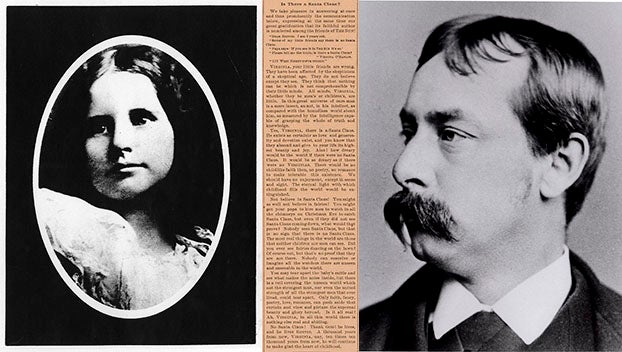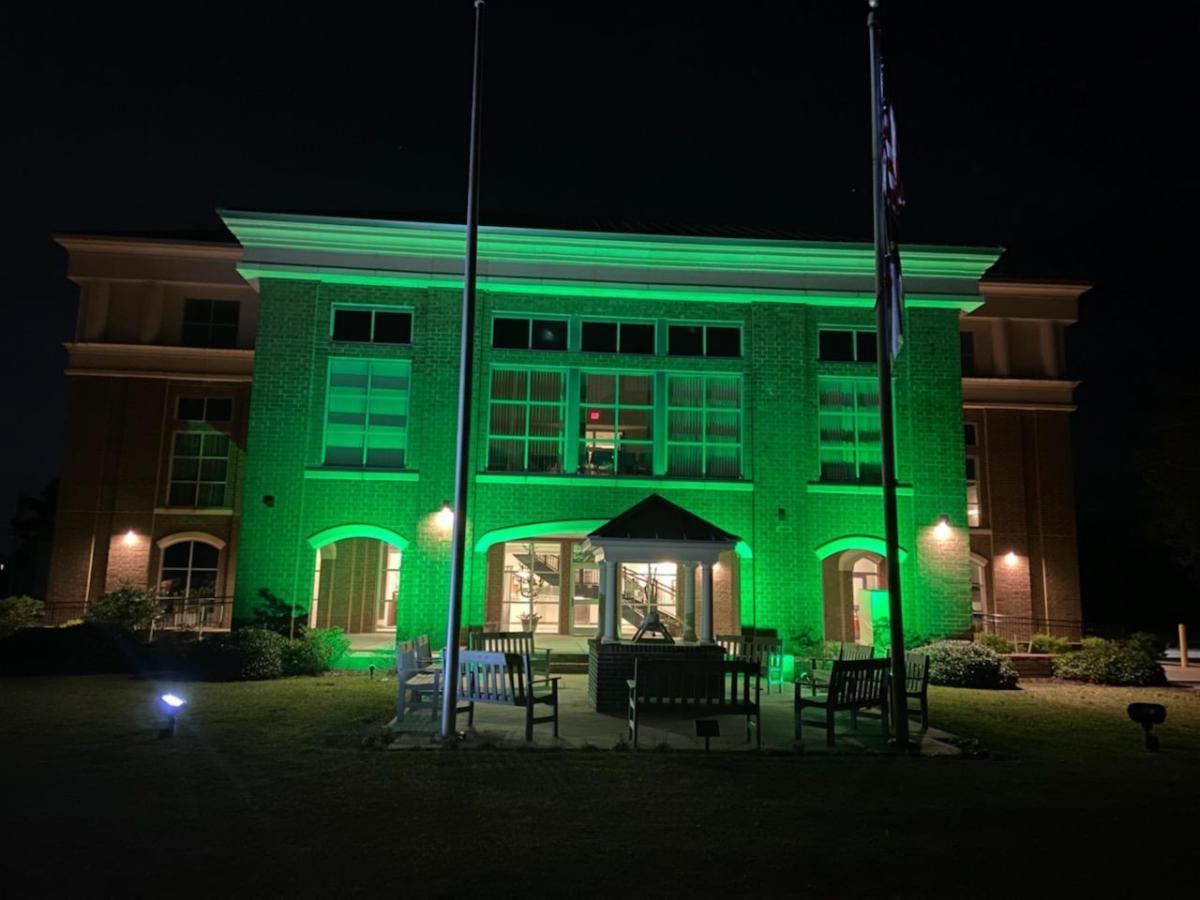County, state, country — it’s all the same
Published 11:08 pm Wednesday, July 31, 2019
Can you compare crises? If you’re looking at numbers, it’s easy to do so.
For example, 291,000 American soldiers died in battle during World War II, from 1941 to 1945. Now, compare that to the 351,602 Americans who have died from opioid overdose from 1999 to 2016.
Let’s take the 47,000 American soldiers who died in battle during the Vietnam War from 1964 to 1975 and compare that to the 62,632 people who died from drug overdose in 2016 alone — more than 42,000 of those deaths were from opioids.
Those are pretty shocking figures. Equally as shocking is the fact that the lifespan of Americans is declining, primarily due to deaths from drug overdose. Overdose mortality rates are highest for people between ages 25 and 54 years old — the American workforce. An estimated 20% of the decline in male labor force participation and a 25% decline in female participation correlates with increases in opioid prescribing.
Here’s another shocking fact: four out of five heroin users report that their heroin addiction started with prescription opioids. In 2016, of the 948,000 people who used heroin, 170,000 used it for the first time. Heroin deaths quadrupled in the six-year period between 2010 and 2016. It was during this period that states began passing laws to close pill mills, require prescriber education, pass prescribing guidelines and create prescription drug monitoring programs.
The connection between years of over-prescribing of opioid pain medications and heroin addiction can be seen by the numbers. Even here, in Beaufort County, what were, several years ago, arrests for illegal sale of prescription opioids have been replaced by arrests for heroin sales today.
North Carolina is ahead of the game: of the 50 states, it is one of only 13 considered to be “improving” in the battle against the opioid epidemic, according to “Prescription Nation 2018,” a study by the National Safety Council, by meeting five of six key actions: mandating prescriber education; implementing opioid prescribing guidelines; integrating prescription drug monitoring programs into clinical settings; improving data collection and sharing; treating opioid overdose and increasing availability of opioid use disorder treatment. In the 2018 report, North Carolina did not meet the sixth key: improving data collection and sharing.
The work continues. This week, More Powerful NC, a public-private partnership, and the North Carolina Board of Pharmacy announced a new campaign to educate the public about dangers of addiction and how to dispose of opioid prescriptions safely — by stickers placed directly on prescription pain killer bottles and handouts that go in the bag with them when they’re picked up from the pharmacy.
It’s a good plan. The more educated people are, the better. The more we remove the temptation of unused opioids from our medicine chests, the less chance someone will steal them to feed an addiction that started with a prescription and ends with a needle — a countywide, statewide, nationwide crisis.





